Encounters with Bitterns (and Interim Travels)
And where to hear bitterns booming in the North of England

Hello everyone, and a very warm welcome to my new subscribers!
I was listening to a bittern booming loudly the other day, and thinking how lucky I am to have several reserves within easy reach of my Yorkshire home where I can hear (and occasionally glimpse) these remarkable birds.
It made me think about my first sightings of bitterns, and how things have changed over the years - for them and for me. I thought it would make an interesting story, and hope you enjoy.
First Encounter
My first encounter with a bittern was when I was a young, shy teenager on holiday with my Grandparents in Morecambe in northwest England. We were all interested in wildlife, and decided to have a day trip to the RSPB’s nearby Leighton Moss Nature Reserve.
We entered a large bird hide, and immediately felt way out of our depth. Despite spending a lot of my childhood mooching around the Humber Estuary with a keen interest in all creatures great and small, I did not feel like a real birdwatcher.
Unlike everyone else in the hide we had no outdoor clothing, no backpacks, no cameras. My Grandparents had no binoculars, and I had a cheap pair that I found in a local charity shop (in those days I couldn’t even consider buying a new pair - we just didn’t have any spare money for such luxuries.)
Feeling extremely self-conscious, we nervously retreated to an unoccupied corner of the hide and edged onto a bench. I looked out of the window, and saw this strange gawky looking bird with oversized yellow feet skulking around the edge of the reeds.
I thought for a second, and then asked nervously “Is that a bittern?”
Everyone in the hide promptly looked round with expressions of either intense interest, indulgence, or open disbelief. In those days bitterns were extremely rare in the UK, with only a handful of pairs recorded.
They are very reclusive birds and live within dense reedbeds. They are also extremely well camouflaged so they blend in with the reeds. No doubt some of the seasoned birdwatchers in the hide had spent many, many hours hoping to catch a glimpse of one.
But a bittern it was, and within seconds everyone had migrated over to our corner of the hide. Some patted me on the back and said things like “Well spotted, Lass”, much to my acute embarrassment. Cameras were clicking frantically and there was a palpable feeling of excitement in the hide.
The bittern hung around for several minutes taking weird, slow-motion steps with its ungainly feet and its extended neck, before it crept back into the reeds and disappeared from view. People returned to their previous seats, chatted excitedly among themselves and compared photos, and my moment of fame was over.
Second Encounter
Remarkably, a similar thing happened several years later. I had recently met, and was just getting to know, a young chap who loved mountains. We went to stay for a couple of days in the English Lake District, and we soon discovered that, although I also loved mountains, my walking and climbing abilities (and aspirations) were nothing like his.
He wanted to walk everywhere at break-neck speed, scramble up impossibly steep slopes covered in loose scree, leap along precarious ridges with (to me) horrifyingly sheer drops, and tick off every summit in sight.
He had no interest in wild flowers, insects or birds, no knowledge of biology or geology, and no interest in learning about them. And he clearly didn’t understand my fear of heights on loose unstable ground, or the numerous problems I have always had with my feet.
Before returning home I persuaded him to take a detour to Arnside and Silverdale (designated an Area of Outstanding Natural Beauty), and then to visit the RSPB reserve at Leighton Moss which I really wanted to see again.
It was an unfortunately grey day, and as we were drove past Arnside and then the vast expanse of Morecambe Bay, he looked around with distaste and commented on the ‘ugly and depressing’ landscape. Why would anyone want to visit here when the mountains of the Lake District where just across the estuary?
We arrived at Leighton Moss and wandered around the reed beds for a while before entering a hide (probably the same hide as in my previous visit). And, would you believe it, after watching for no more than a few seconds I noticed a movement in the reeds and out popped a bittern.
On this occasion there were very few other people in the hide, one of whom was an RSPB volunteer. My companion, who by this time was becoming intensely annoying, asked the volunteer why I was so interested in such a weird looking bird. The volunteer explained that there were less than 20 pairs in the whole of the UK, and that they were on the brink of extinction in this country. This did at least impress him a little, but it was obvious that he had no real interest in the bird, and he couldn’t get out of the reserve fast enough and head for home.
Needless to say, that relationship ended before it began.
Traveling Days
Not long after this I met Matt, and we have now been together for nearly 40 years.
Now retired, Matt then worked as a science teacher. For many years I worked freelance from home editing medical textbooks. Because of this, and because we never had (or wanted) a family, we had lots of time to travel. I had never been abroad before I met Matt, but for the first 30 years or so of our relationship we traveled every chance we got, which meant every school holiday.
Ironically, we developed a love of mountain walking together. We enjoyed walking at the same gentle pace on decent footpaths, and our walks were about appreciating the beautiful landscapes and nature around us rather than thrill-seeking and testing our physical limits.
Over the years we have walked in Wales, Scotland, Ireland, Spain, France, Italy, Switzerland, Austria, Majorca, Madeira, the Canary Islands, the Azores, Poland, Slovakia, Iceland, Norway and even Peru. Perhaps I will get round to writing about some of these wonderful trips one day.
During those years of traveling at every opportunity we spent most of our term-time weekends walking in the Yorkshire Moors, Dales and Wolds, and didn’t think of visiting nature reserves. But in recent years my foot problems got worse, resulting in several operations, and my knees have definitely had more than enough of steep slopes and big steps. The roads are more congested, and we are more concerned about the ecological costs of frequent traveling. And then there was Covid.
So I have now rediscovered, and Matt has discovered, the joys of our local nature reserves. Matt was not a birdwatcher, but has learned quickly and is now as enthusiastic as I am.
We joined the RSPB and the Yorkshire Wildlife Trust and we now spend many happy days wandering from hide to hide. This suits me down to the ground because I can keep active but keep getting off my feet. We can both enjoy being outdoors and learning about nature, and I can practice my photography.
Searching for Bitterns
In the years since those early bittern encounters, bittern numbers in the UK have increased dramatically. This is mainly due to the fantastic efforts by conservation organizations like the RSPB, the Wildlife Trusts, the Wildfowl and Wetlands Trust and many more.
And as luck would have it, many of the UK’s bitterns are living on nature reserves within easy reach of my home.

When we started discovering our local reserves, Matt had never seen a bittern. I am not sure he even knew what one was.
I, of course, thought that seeing a bittern would be easy, and made it my mission to find one. We would just walk into a hide where there were lots of reeds, watch quietly, and a bittern would appear. Ha!
It is amazing that I twice saw bitterns when there were probably less than twenty pairs in the entire country. But now we were looking for them, when numbers had significantly increased, they were so elusive. Time and time again I saw reports of sightings and photos from our local haunts. We would optimistically go along to the same locations, but to no avail.
We would chat to people in hides who had seen one five minutes before we walked in. People would show us their photos on their cameras. People would tell us there was one hanging around the next hide on our trail. But wherever we went, the bitterns stayed well hidden among the reeds.
Potteric Carr
Success finally came one morning at Potteric Carr - a Yorkshire Wildlife Trust reserve near Doncaster in South Yorkshire.
We got chatting to a couple of men in one of the hides, and I mentioned how we would love to see a bittern. Later as we were walking around the perimeter of the reserve we saw one of the men running towards us waving excitedly. Apparently a bittern was showing well in the hide directly ahead of us.
We hastened to the hide, and just before we reached it we saw a flash of a brown bird flying off and disappearing into the middle of a dense reedbed. Yep - that was the bittern! Apparently it had been on full display for about 20 minutes, and had flown off just as we approached.
But what happened next more than made up for any disappointment at seeing the bird disappear. A loud and unmistakable rhythmic sound emanated from the reedbed - the bittern was booming!
Booming is another feature that makes bitterns such unusual birds. The sound is produced by males during the breeding season to attract females and to proclaim their territories.
The sound is not produced by the voicebox, but by strong muscles around the oesophagus that effectively turn it into an echo chamber. If you are close enough to a booming bittern (which I have been several times since) you can actually hear the intake of air just before the booming begins. The booming is a very low frequency sound, and travels a long distance. The sound is absolutely unmistakable - there really is nothing else like it.
Although I had seen those two bitterns in my younger days, I had never until that moment heard one boom. When I first read years ago that male bitterns boom I was absolutely fascinated. Hearing one immediately went to the top of my bucket list, but I suspected that I would never get the chance.
Those earlier sightings had both been in late summer, and it was also late summer when Matt and I made spotting a bittern our mission. Bitterns boom from February (if there are sunny days) to late June/early July. The day in Potteric Carr was early April, so right in the booming season, and I could not have been more excited.
We have had several sightings of bitterns flying between reedbeds at Potteric Carr since, and heard booming many times.
You can read more about Potteric Carr in my earlier post here.
St Aidan’s Nature Park
If you want to visit somewhere where you are almost guaranteed to hear a bittern booming on a sunny spring morning, this is the place to go.
St Aidan’s is a beautiful RSPB nature reserve created on the site of a former opencast coal mine between Castleford and Garforth in West Yorkshire. It is a large reserve with numerous lakes and ponds and, of course, extensive reedbeds. A number of good trails wind around the various ponds and patches of woodland, and up a hillside which gives great views.
St. Aidan’s has one of the largest populations of bitterns in the country, and the best place to hear one booming is in the reedbeds at the western end of the reserve. We try to visit several times each spring, and have never had a visit where we haven’t heard at least one. We have also had many sightings of them flying from one reedbed to another.
There is so much to see at St. Aidan’s that it is always worth a visit at any time of year.
Watch out for a full post coming soon.
Far Ings
Far Ings National Nature Reserve is actually in North Lincolnshire, not Yorkshire, but it is still an easy journey from our home near York. It is situated at the foot of the Humber Bridge on the south bank of the Humber Estuary.
Far Ings is carefully managed by the Lincolnshire Wildlife Trust, specifically with bitterns in mind. Its extensive reedbeds are regularly cut to encourage new growth and keep them in the condition that suits bitterns best.
The impressive two storey Ness Hide is one of the best places to spot a bittern sneaking between the reedbeds. We have had several sightings here, and sometimes heard booming in spring.
Always a beautiful place to visit, you can read more in my post about the Humber Bridge reserves here.
Blacktoft Sands
Blacktoft Sands is a reserve that I have been visiting since my Dad used to take me as a child.
It is situated on the south bank of the River Ouse, just where it widens into the Humber Estuary. The reserve has huge reedbeds which are unusual in that they flood during very high tides, usually in spring and autumn. In fact it is the largest tidal reedbed in the country.
There are six excellent hides at Blacktoft Sands, and several times we have seen bitterns flying above the reeds from one or other of the hides, as well as hearing booming in spring.
Watch out for a full post coming soon.
Other Places
The following reserves have all had reports of bitterns, regularly in some cases. We have visited all of these reserves, some very frequently, but we have not been lucky enough to see them ourselves.
Of course there are many other species to see in these lovely places, and they are all well worth a visit at any time of year.
Tophill Low - situated between Driffield and Beverley and managed by Yorkshire Water. Booming has been reported.
North Cave Wetlands - a large reserve close to North Cave village and managed by the Yorkshire Wildlife Trust. There have been numerous sightings here, but we have never seen one despite it being one of our favourite reserves to visit.
Old Moor - The RSPB’s Dearne Valley Old Moor reserve is a known hotspot for bitterns. We have only visited once, but will hopefully visit again one day.
Fairburn Ings - In the Aire Valley near Castleford and managed by the RSPB. We have not seen bitterns here, but did once hear booming.
Staveley - A lovely Yorkshire Wildlife Trust reserve near Boroughbridge. Bitterns have been recorded as rare visitors.
Ripon City Wetlands - A Yorkshire Wildlife Trust Reserve - bitterns have been reported.
When I was lucky enough to see those bitterns at Leighton Moss all those years ago, never did I think that their numbers would increase so dramatically. Or that I would be able to see and hear bitterns in so many locations close to my home.
I am so hugely grateful to the conservation societies who safeguard and manage these special places, and give these strange, wonderful and highly specialized birds a home.


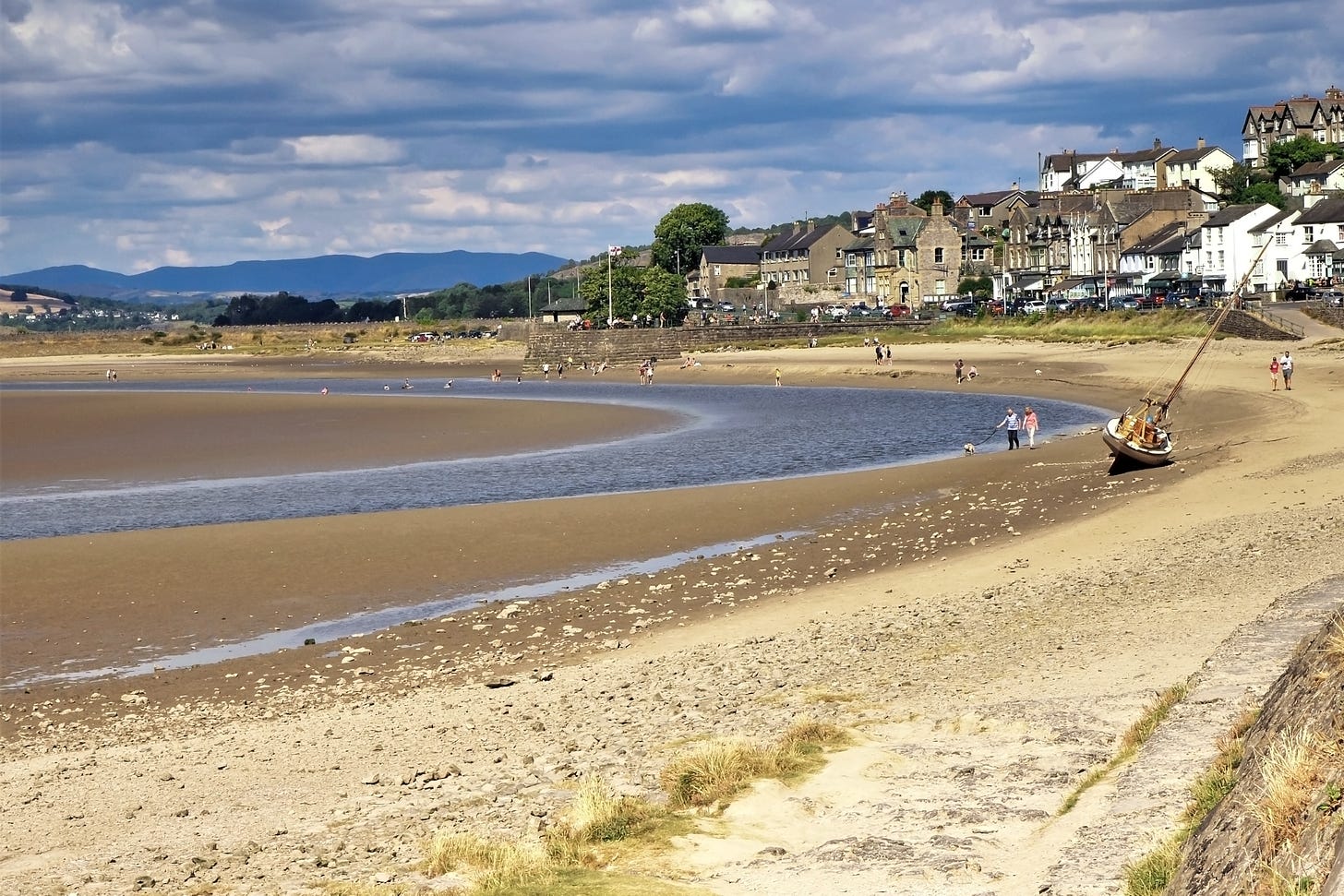

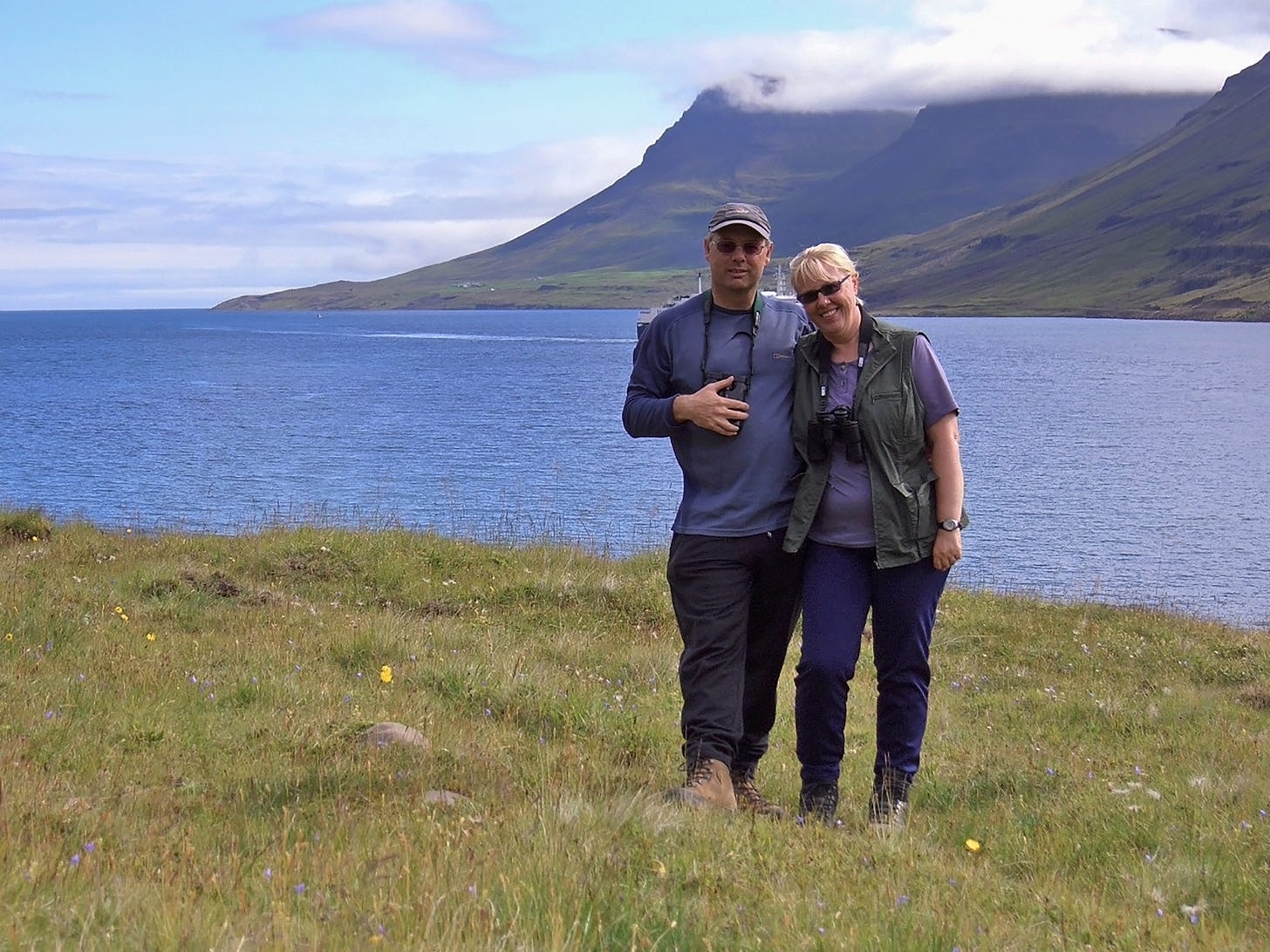
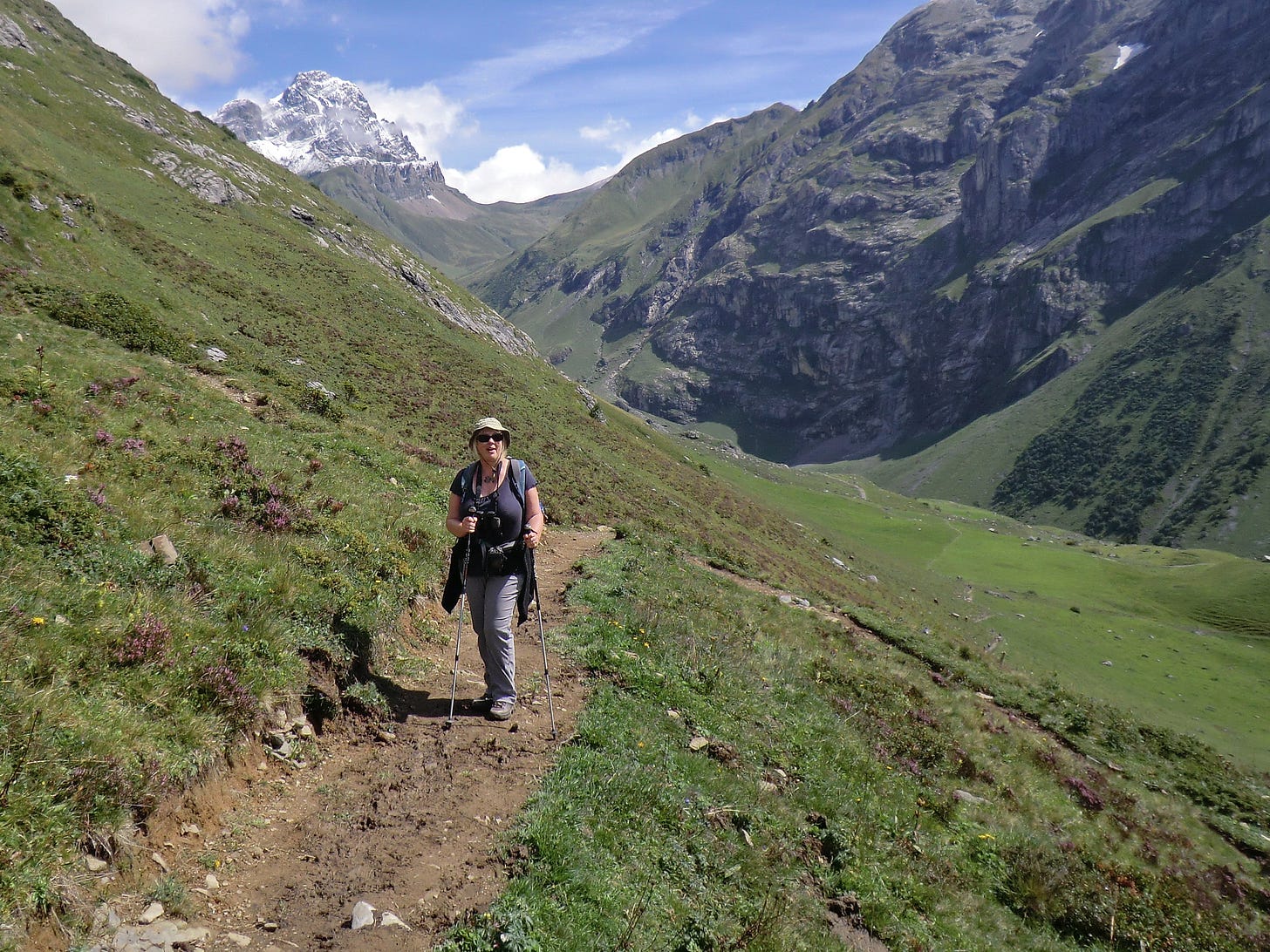
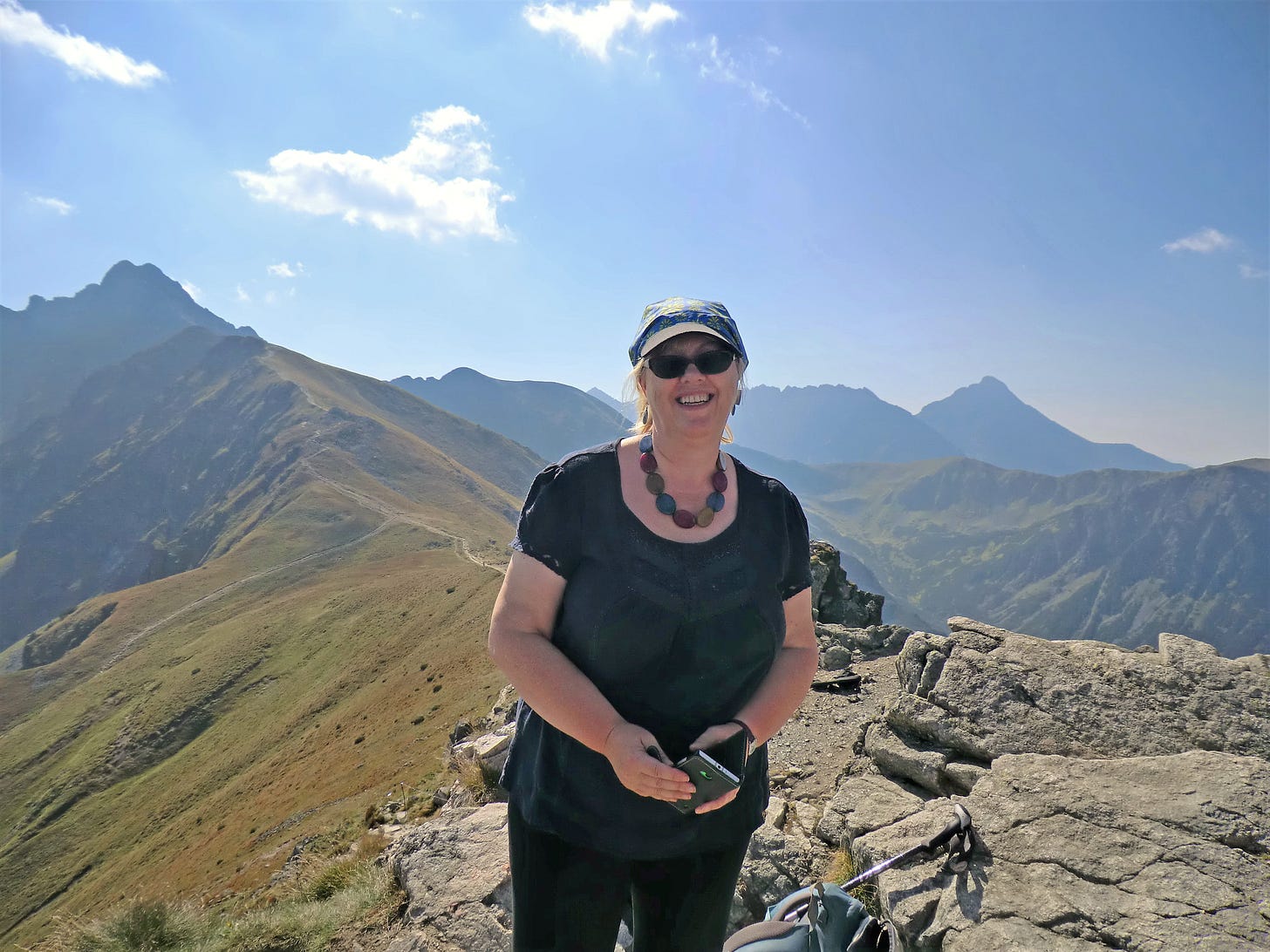

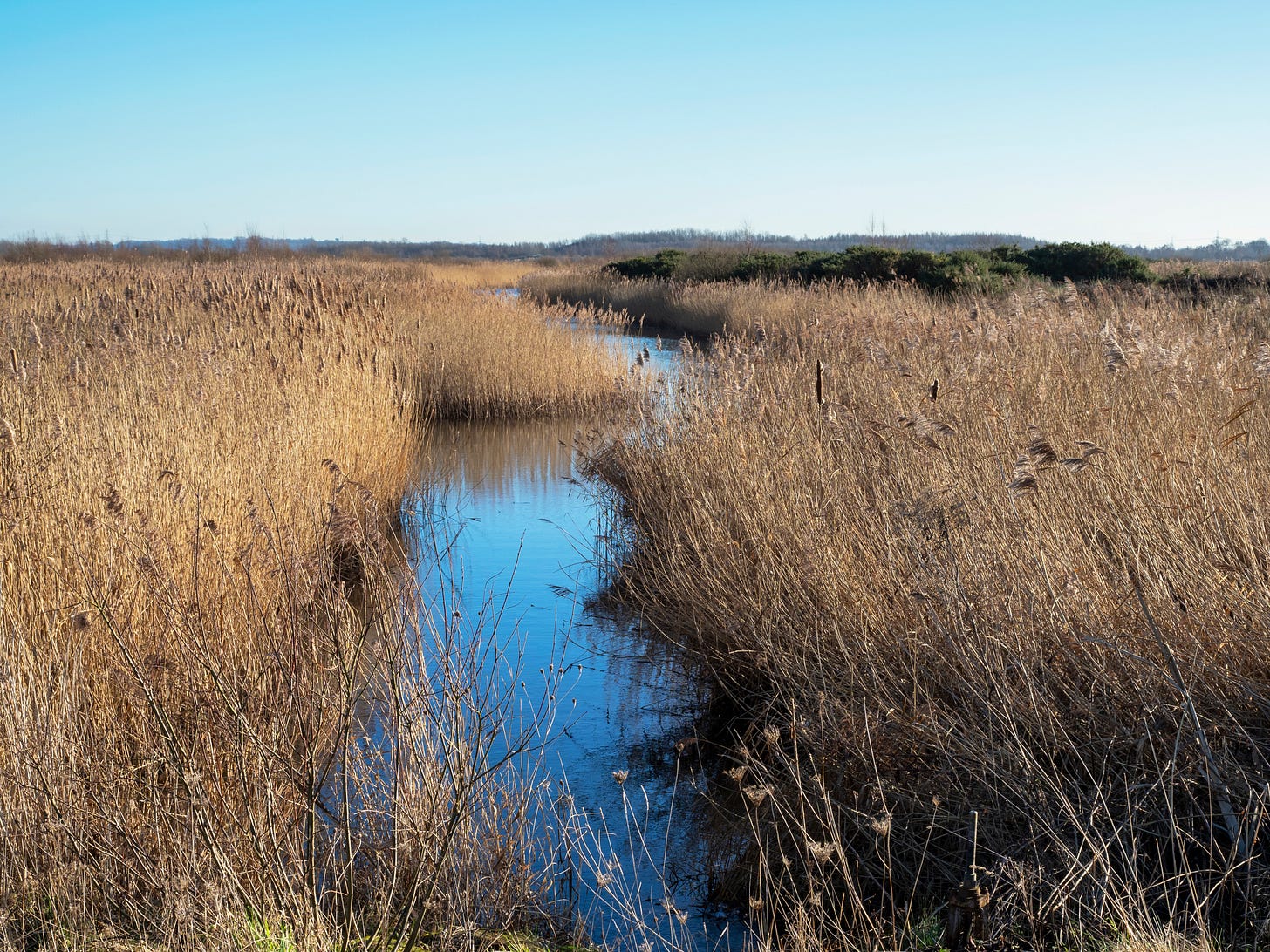

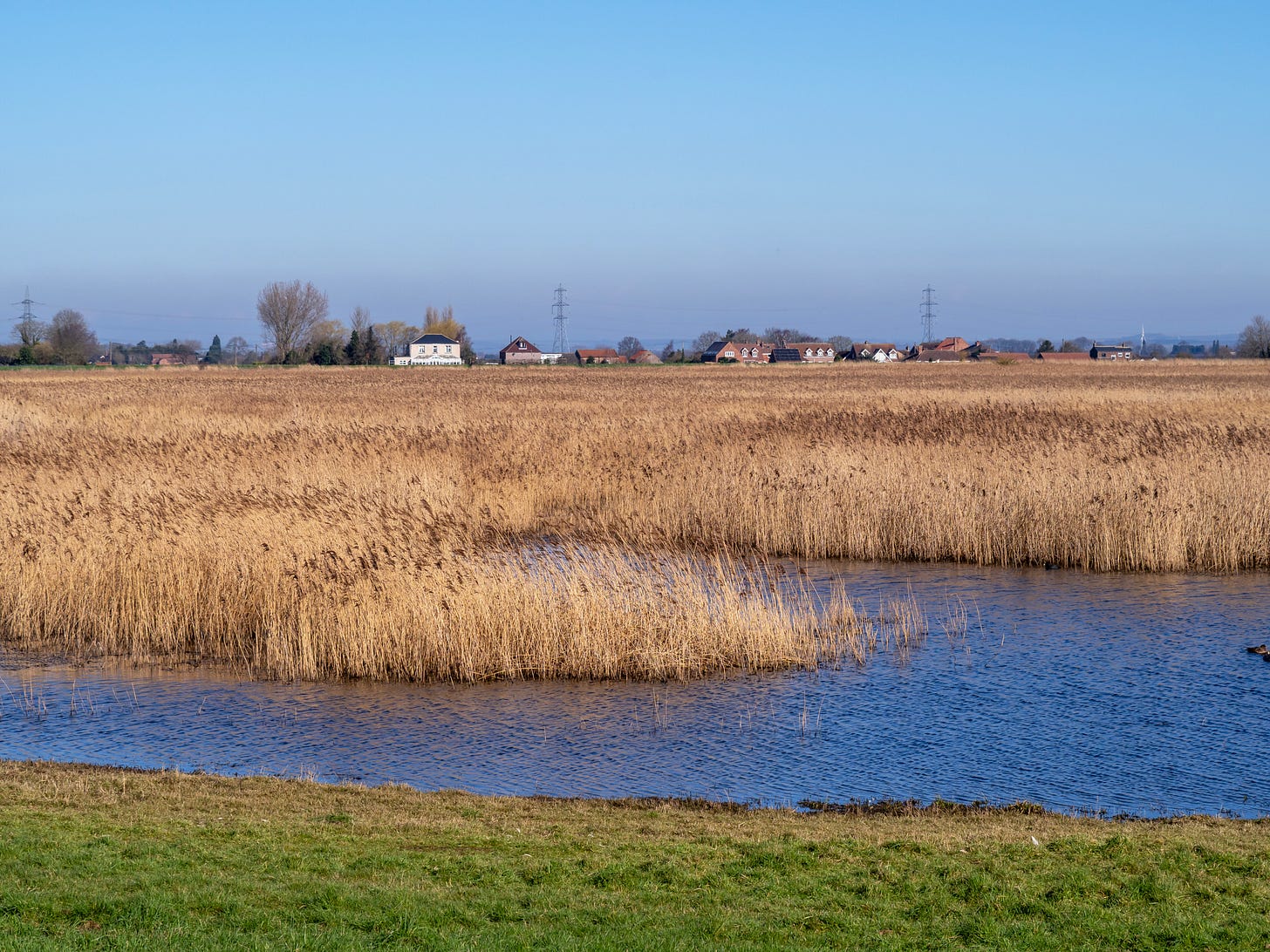

Wow amazing! I've yet to see or hear one but definitely would love to one day. Great information, thankyou.
What a lovely story Angie! I thoroughly enjoyed reading this. And I'm officially going to head up the road to Blacktoft Sands ASAP. I'll let you know if I get to see/hear one.